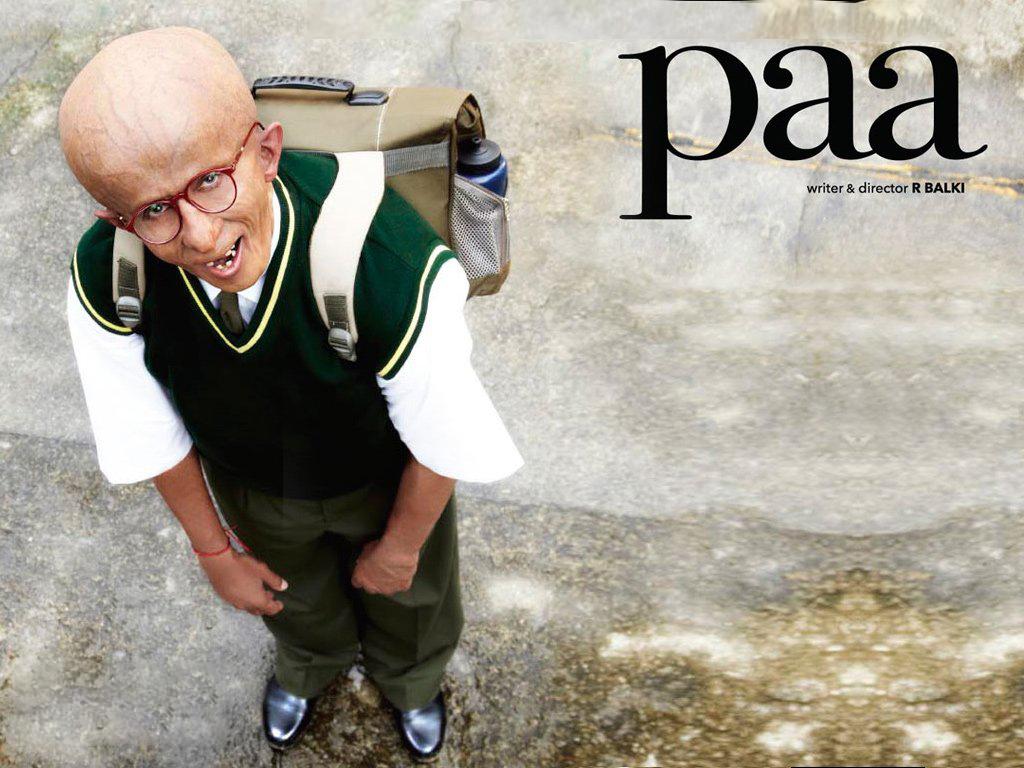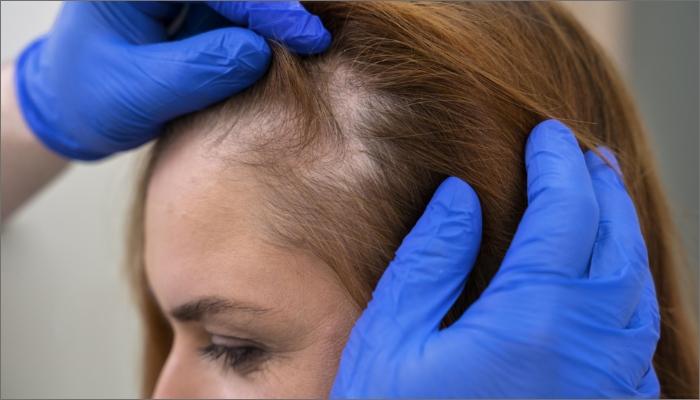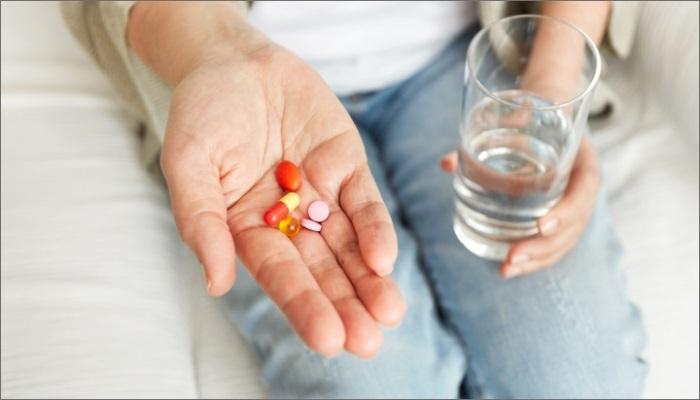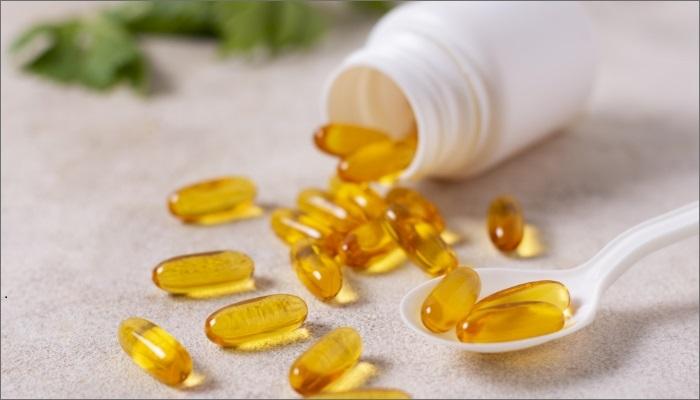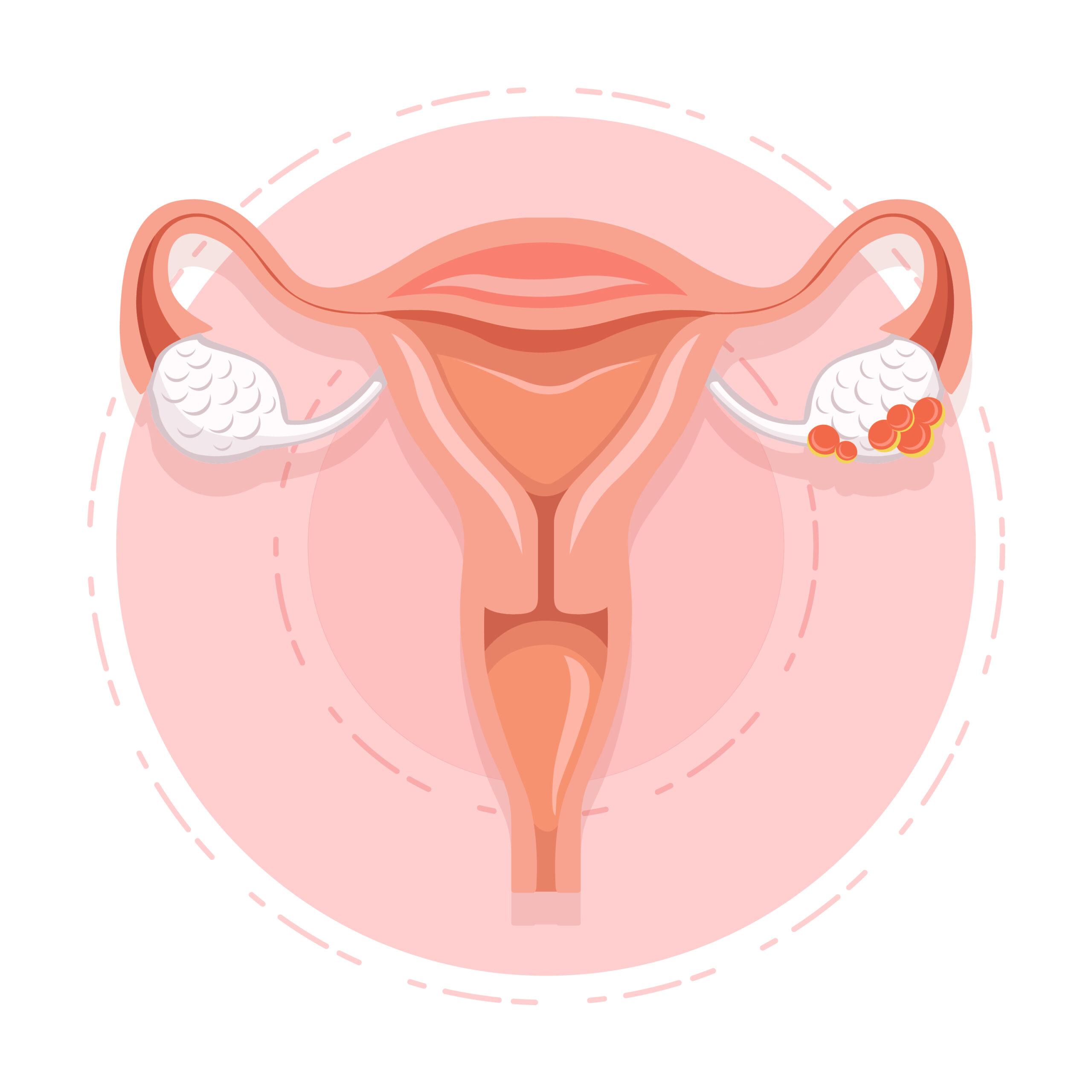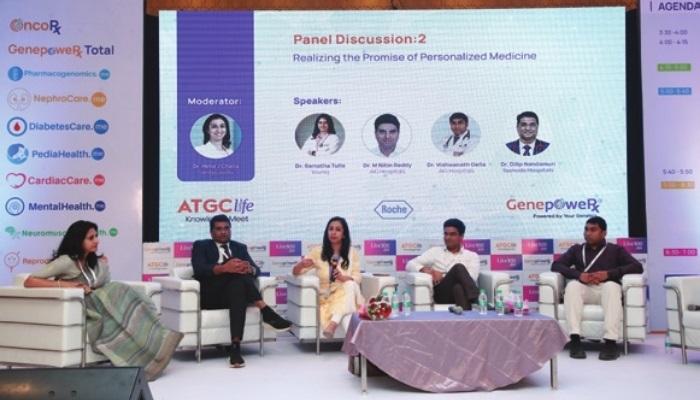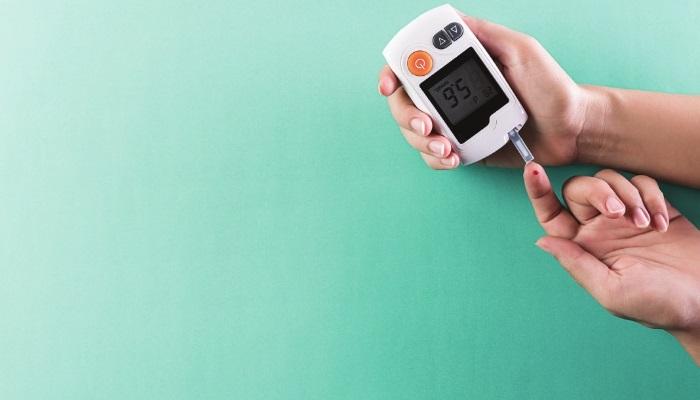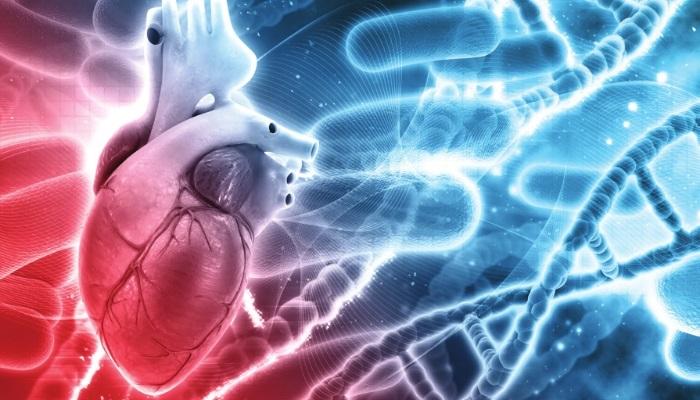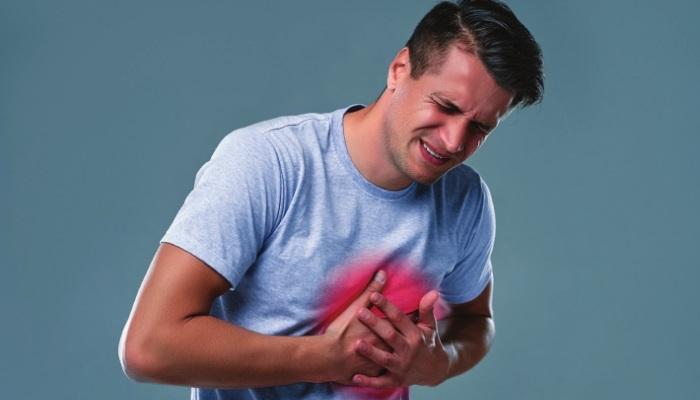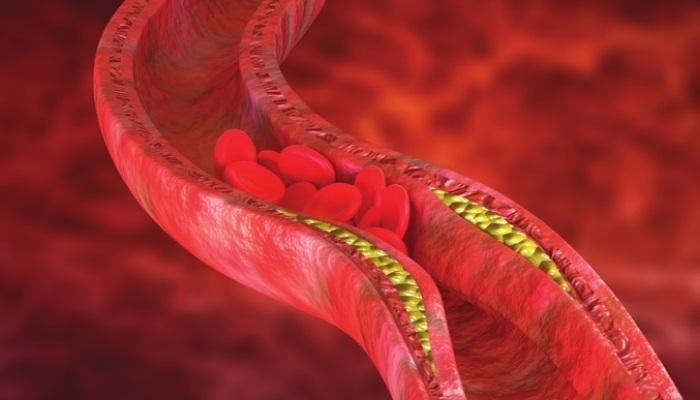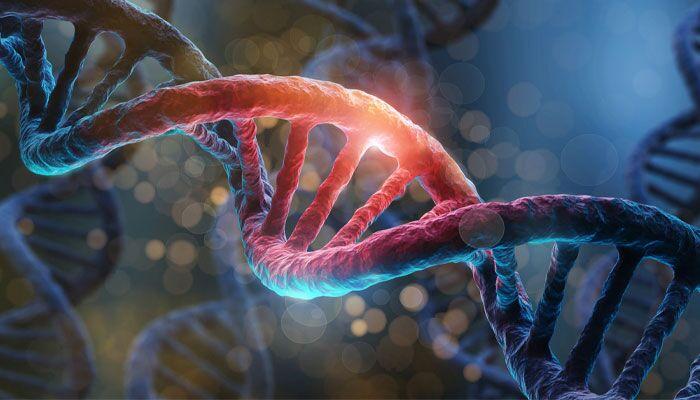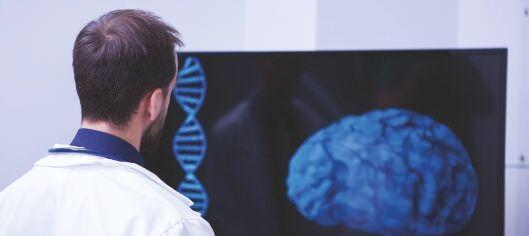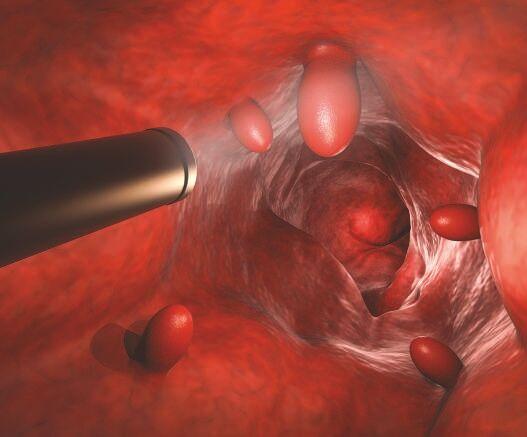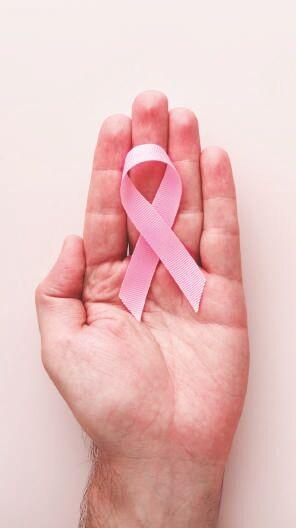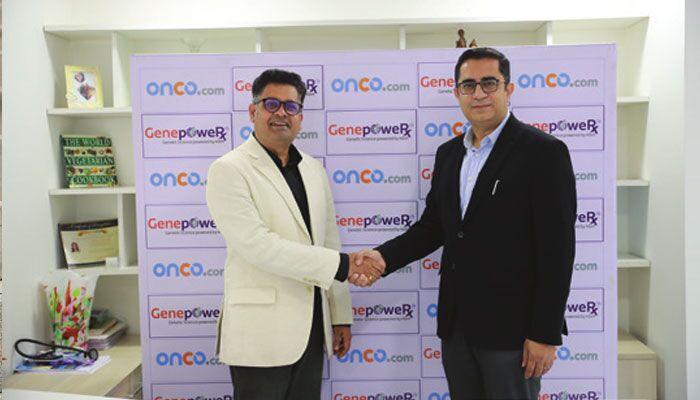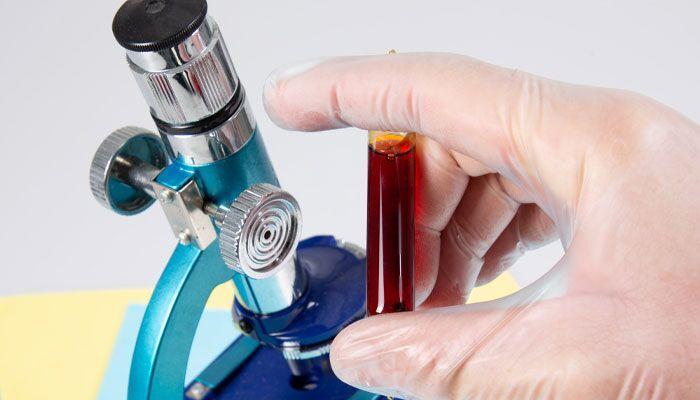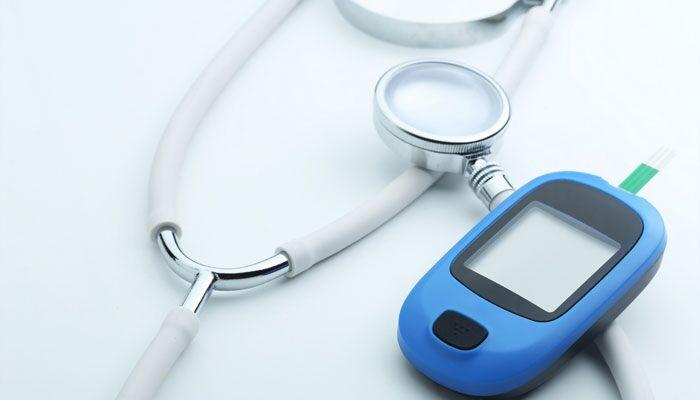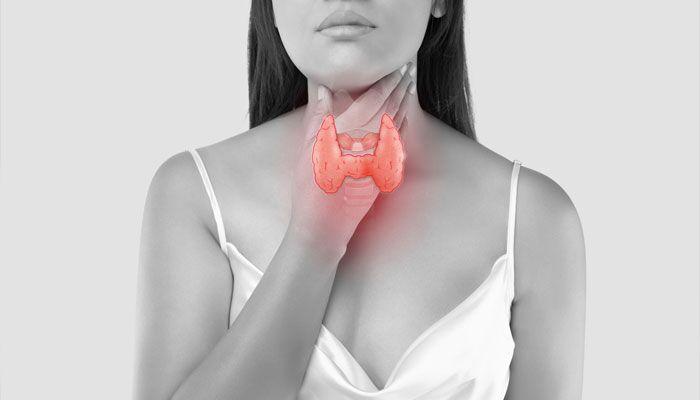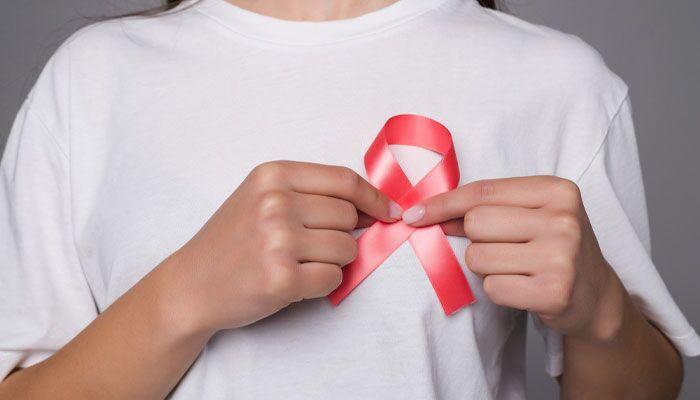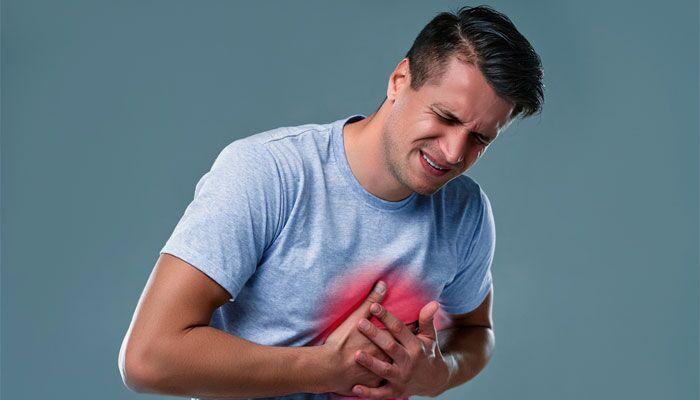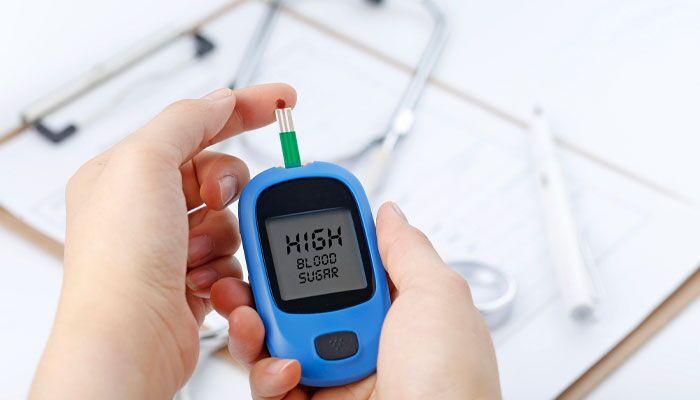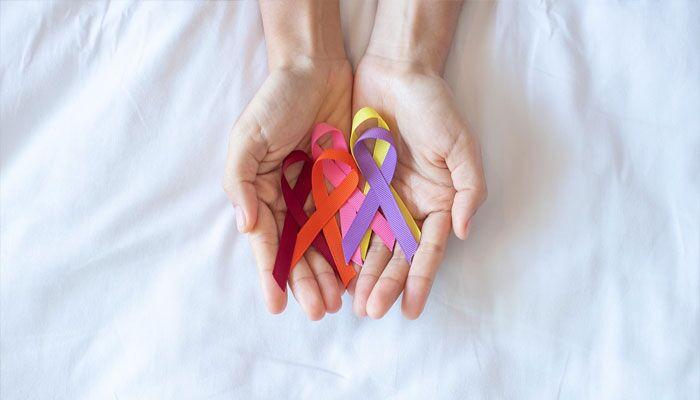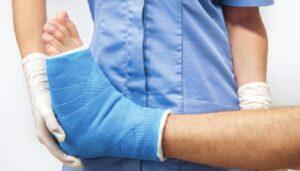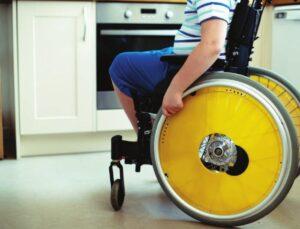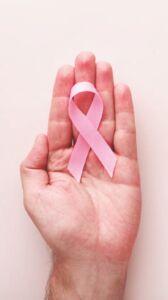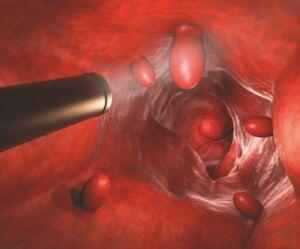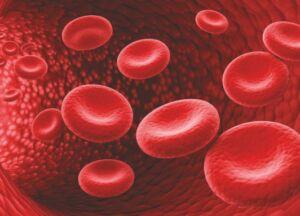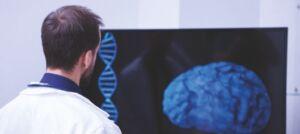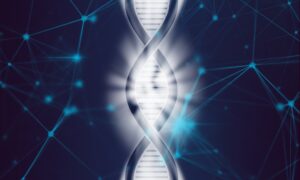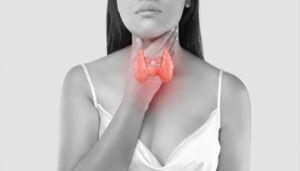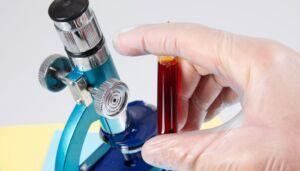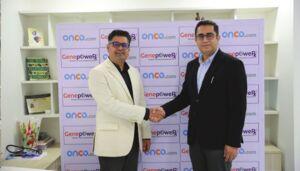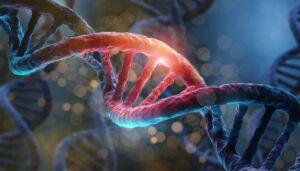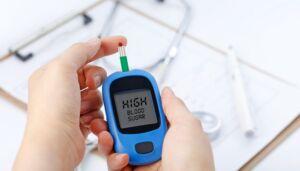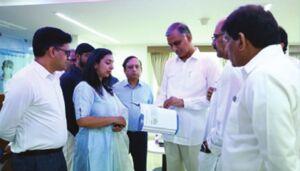
Statin-triggered immune-mediated necrotizing myopathy

Statins lower the level of low-density lipoprotein (LDL) cholesterol in the blood, and though generally well-tolerated, they can lead to immune-mediated necrotizing myopathy in a minority of patients.
Statin-induced immune-mediated necrotizing myopathy (IMNM), is an inflammatory myopathy that is a rare complication caused due to statin use. There are two subtypes that differ based on specific autoantibodies: anti-3-hydroxy-3-methylglutaryl-coenzyme A reductase (anti-HMGCR) and anti-signal recognition particle (SRP). Patients diagnosed with anti-HMGCR myopathy commonly have a history of statin use. The symptoms of statin-induced IMNM include muscle weakness, myalgias and elevated serum Creatine Kinase (CK).
Mechanisms of Statin Myopathy
The exact pathophysiological mechanism of statin-induced IMNM is not fully understood, but it is hypothesized that the development of anti-3-hydroxy-3-methylglutaryl-coenzyme A reductase (anti-HMGCR) autoantibodies is linked to statin exposure in genetically susceptible patients particularly those with class II major histocompatibility complex (MHC) allele DRB1∗11: 01. A second proposed mechanism of statin myopathy involves depletion of isoprenoids that control myofiber apoptosis, and a third mechanism suggests that depletion of ubiquinone or coenzyme Q10 (CoQ10) may account for the potential myotoxicity of statins.
Risk Factors of Statin Myopathy
Patient-Dependent: Many risk factors have been identified for statin-associated myopathy, including female gender, advanced age, low body mass index, diabetes mellitus, hypertension, untreated hypothyroidism, and renal disease.
Drug-Dependent: The risk of statin-associated myopathy increases as the statin dose increases. Several statins are metabolized through the Cytochromes P450 (CYP450) system. Therefore, drugs that are inhibitors or substrates of CYP450, especially the 3A4 isoenzyme, will elevate the risk of toxicity.
Screening and Monitoring of Statin Myopathy
Baseline CK level monitoring is recommended for all patients starting statin medication, by the American College of Cardiology/American Heart Association/National Heart, Lung and Blood Institute (ACC/AHA/NHLBI) guidelines. CK levels are monitored in patients developing muscle symptoms while on statin therapy. Patients who are at high risk for myopathies, such as the elderly or those who need combination therapy with another agent that is known to increase myotoxicity needs to have their baseline CK levels checked. Statin therapy must be discontinued in patients who develop intolerable muscle symptoms regardless of CK levels according to the National Lipid Association (NLA).
Management of Myopathy
Treatment for statin-induced IMNM centers on discontinuing statins indefinitely and initiating immunosuppressive therapy. Patients who are unable to tolerate statins may be prescribed non statin lipid-lowering agents in place of statin therapy. Some of Non-statin cholesterol lowering drugs showing promising results are listed here.
- Bile acid-binding resins: Cholestyramine, Colesevelam, and Colestipol stick to cholesterol-rich bile acids in the intestines and lower LDL levels. Therefore, bile acid resins may be the optimal treatment choice in patients without triglyceride abnormalities who cannot tolerate statin therapy.
- Fibrates: Clofibrate, Fenofibrate, and Gemfibrozil help by reducing the amount of triglycerides and High-Density Lipoprotein (HDL) levels.
- Niacin: It is a B vitamin that affects how the body makes triglycerides and lowers LDL.
- PCSK9 inhibitors: These clear cholesterol from the blood. Alirocumab and Evolocumab are FDA approved and Evolocumab is prescribed for heart attacks, stroke, and coronary revascularizations.
Statins are widely used lipid-lowering drugs with significant benefits in prevention and treatment of vascular disease. Although they are generally regarded as safe, adverse muscle-related events (myalgias, rhabdomyolysis) because of statin use are seen. Statin-triggered immune-mediated necrotizing myopathy diagnosis remains relatively rare, and it presents several diagnostic and therapeutic challenges. Optimal disease management is not clear, but aggressive immunosuppression is known to be effective. Stratification of an individual’s risk of developing statin induced IMNM prior to starting statin therapy could help prevent unnecessary complications from an otherwise commonly used medication. An alternative option for management of myopathy includes the use of non statin lipid-lowering agents in place of statin therapy.
References
- Stroie, O. P., Boster, J., & Surry, L. (2020). Statin-Induced Immune-Mediated Necrotizing Myopathy: An Increasingly Recognized Inflammatory Myopathy. Cureus, 12(5), e7963. https://www.ncbi.nlm.nih.gov/pmc/articles/PMC7273436/.
- Abusharar, S. P., Moku, P., Banks, S., Khalid, F. M., Specht, C. S., & Polimera, H. V. (2020). Immune mediated necrotizing myopathy: A rare complication of statin therapy. Clinics and practice, 10(2), 1248. https://www.ncbi.nlm.nih.gov/pmc/articles/PMC7336269/.
- Chatzizisis, Y. S., Koskinas, K. C., Misirli, G.,et al. (2010). Risk factors and drug interactions predisposing to statin-induced myopathy: implications for risk assessment, prevention and treatment. Drug safety, 33(3), 171–187. https://pubmed.ncbi.nlm.nih.gov/20158283/.
- Rosenson R. S. (2004). Current overview of statin-induced myopathy. The American journal of medicine, 116(6), 408–416. https://www.amjmed.com/article/S0002-9343(03)00775-7/fulltext.
- Pasternak, R. C., Smith, S. C., Jr, Bairey-Merz, et al., American College of Cardiology, American Heart Association, & National Heart, Lung and Blood Institute (2002). ACC/AHA/NHLBI clinical advisory on the use and safety of statins. Journal of the American College of Cardiology, 40(3), 567–572. https://pubmed.ncbi.nlm.nih.gov/12142128/.
- Bardolia, C., Amin, N. S., & Turgeon, J. (2021). Emerging Non-statin Treatment Options for Lowering Low-Density Lipoprotein Cholesterol. Frontiers in cardiovascular medicine, 8, 789931. https://www.ncbi.nlm.nih.gov/pmc/articles/PMC8635697/.


